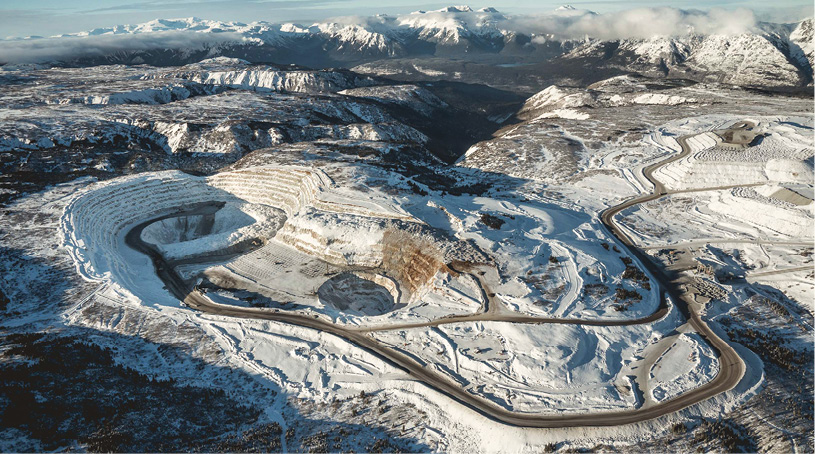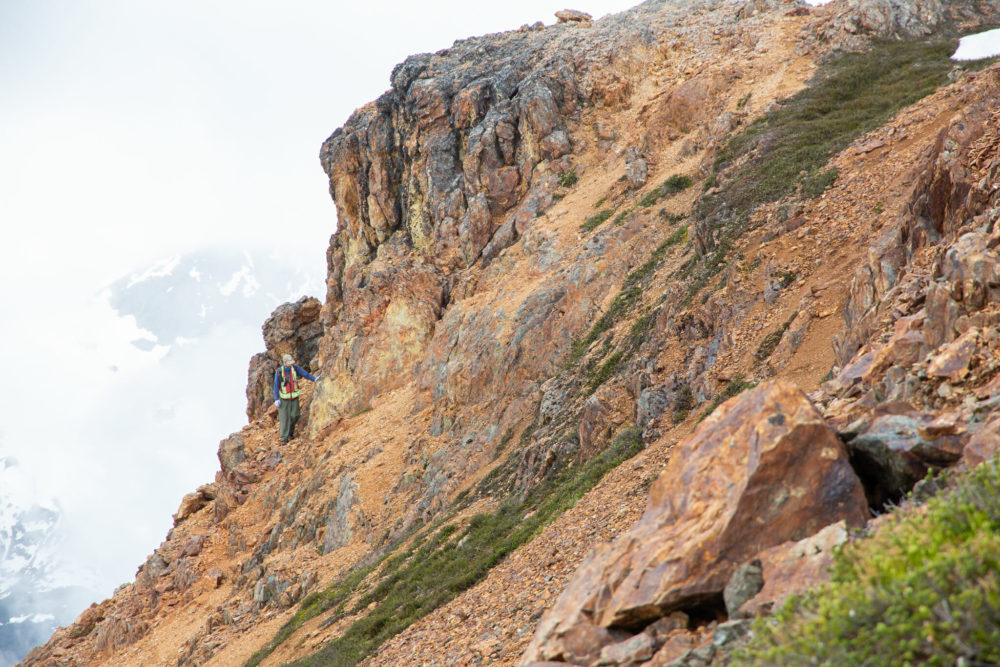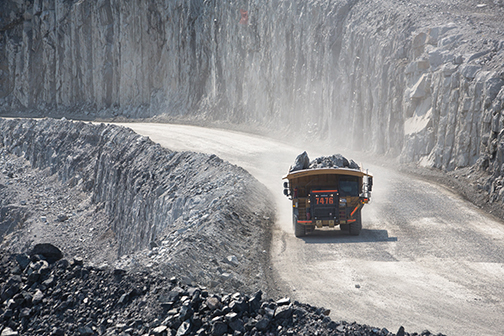Newcrest expands into North America
Aussie miner seeks to replicate Cadia block cave success at Red Chris

It’s not often that we see a lot of movement at the very top of our Top 40 list.
Last year was an exception as U.S.-based Newmont became eligible for a spot at No. 2, following its merger with Goldcorp in 2019 and subsequent listing on the TSX.
This year, we have another established gold major joining our top 10 – Australia’s Newcrest Mining.
Newcrest began as Newmont Holdings – an Australian subsidiary of Newmont Mining – in 1966. It became Newcrest in 1990, when it merged with Australmin Holdings and then BHP Gold.
In 2019, 53 years after its founding, it officially expanded into Newmont’s home base of North America with its acquisition of a 70% interest in the Red Chris copper-gold mine in British Columbia.
The acquisition, as well as the purchase of a gold prepay, streaming facility and offtake agreement on production from Lundin Gold’s Fruta del Norte mine in Ecuador, have served as Newcrest’s entry into North America.
Citing increasing interest in the gold sector from North American investors, the company listed on the TSX last October – becoming eligible for inclusion in CMJ’s Top 40.
“A North American listing is part of our strategy of pursuing growth in the Americas following our 70% acquisition of the Red Chris mine in Canada in 2019 and our investments in Ecuador,” said Sandeep Biswas, Newcrest’s managing director and CEO at the time. Noting that 32% of the company’s shareholder base was already in North America, he added: “We believe the TSX listing will improve the global visibility of the company and broaden our access to the large North American capital pool.”
Newcrest already had several much larger operating assets than Red Chris closer to home. Those include its flagship Cadia gold-copper mine in New South Wales; its Telfer open pit and underground gold and copper mine in Western Australia, and its Lihir open pit gold mine in Papua New Guinea, where refractory ore is treated using pressure oxidation before it is recovered via conventional leaching.
So what drove it to expand into new territory so far from home? In addition to the opportunity to diversify into North America and acquire a producing asset in a world-class jurisdiction, the Melbourne-based miner sees Tier 1 potential in Red Chris.
Newcrest, which already operates a 1.4-km deep block cave operation at Cadia, believes the same mining technique can revitalize Red Chris – currently an underperforming open pit mine.
“We believe we can bring our unique technical capabilities to unlock the full value potential of this orebody in one of the premier gold districts in the world,” said Sandeep Biswas, Newcrest’s managing director and CEO, in the March 2019 announcement. “The geology of Red Chris is similar to our Cadia orebodies in Australia and we will be applying our considerable experience in exploration, open pit mining, caving and processing to maximize the value of Red Chris and the opportunities in the
surrounding region. We look at this opportunity in the same way as we do with Cadia, where we have proven we can create significant value from deep underground porphyry orebodies.”
$1 billion investment
In 2019, Newcrest paid US$806.5 million in cash to Imperial Metals for its majority interest and operatorship in Red Chris and 230 sq. km in surrounding land holdings. (Imperial retained a 30% stake.)
Since then, Newcrest has completed well over 100,000 metres of drilling, and in March, released an updated resource for Red Chris and approved $135 million in spending on an exploration decline. The decline will support work needed to prepare a prefeasibility study on a block cave operation at Red Chris, which is due before the end of September. Newcrest is looking at the potential for a block cave operation starting production in 2027. However, it also sees potential to mine high-grade pods it has discovered through drilling for early cash flow before then.
Block caving is a bulk method of underground mining for lower-grade deposits with a substantial vertical dimension. Its use has made Cadia a very low-cost mine: in the quarter ended March 31, 2021, the operation set a new record for the lowest all-in sustaining cost (AISC) of negative US$160 per oz., after byproduct credits.
Red Chris holds measured and indicated resources of 980 million tonnes grading 0.41 g/t gold and 0.38% copper for 13 million gold oz. and 3.7 million tonnes of copper. This includes an open-pit subset of 310 million tonnes grading 0.28 g/t gold and 0.34% copper and an underground contribution of 670 million tonnes at 0.46 g/t gold and 0.4% copper.
Record free cash flow
Like the other gold and copper miners in our Top 40, 2020 was a good year for Newcrest. For its half-year ended Dec. 31, 2020, the company reported record free cash flow of US$439 million (Its fiscal year runs to the end of June). Newcrest also adopted a new dividend policy to target a payout of 30-60% of cash flow to shareholders, up from 10-30%.
The company reported revenue of US$2.2 billion and a statutory and underlying profit of US$553 million. Across its operations, Newcrest produced 1 million oz. gold, 69,000 tonnes of copper and 445,000 oz. silver for the six month period. All-in sustaining costs were US$974 per oz.
Red Chris contributed 24,000 oz. gold, 13,000 tonnes copper and 57,000 oz. silver at an AISC of US$2,961 per oz. of gold.





Comments